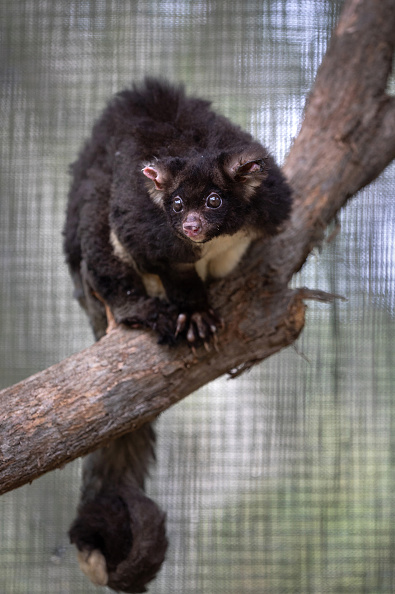The NSW environment watchdog has ordered a halt to logging in parts of a state forest as it investigates the impact on the endangered greater glider.
Environment Protection Authority officers inspected several active logging compartments in the Tallaganda state forest, east of Canberra, on Tuesday following a community complaint.
They located a dead southern greater glider about 50 metres from forestry harvest operations, the EPA said in a statement.
It was not known how the glider died.
The authority’s Steve Orr said the discovery was “extremely concerning” given the proximity to logging operations and the gliders’ increased reliance on unburnt areas of the forest following the Black Summer fires.
Forestry Corporation of NSW has been ordered to immediately cease all harvesting, haulage operations and road and track construction work in “areas of concern” within the forest.
The stop work order lasts 40 days but can be extended.
Mr Orr said the gliders sheltered in tree cavities, known as “den trees”, which needed protection from logging.
“Den trees are critical for the food, shelter and movement of gliders and FCNSW is required to protect them and implement 50 metre exclusion zones around identified den trees,” he said.
“While community reports suggest around 400 southern greater gliders may be living in the Tallaganda State Forest, FCNSW has identified only one den tree and we are not confident that habitat surveys have been adequately conducted to ensure all den trees are identified.
“The EPA has a strong compliance and enforcement program for native forestry, and we will take immediate action where warranted, including issuing stop work orders for alleged non-compliance.”
Failure to comply with a stop work order can attract court-imposed fines of up to $1.6 million, growing by a further $165,000 for each day the offence continues.
Conservationists had pleaded with the NSW government to halt logging in the forest after confronting drone footage was captured by Australian filmmaker Andrew Kaineder.
The Forestry Corporation said earlier this week that selective harvesting was carefully planned to ensure wildlife remains abundant.
That included the retention of “wildlife habitat and tree retention clumps” to support connectivity between harvested areas, unharvested parts of the state forests and protected areas.
It said its monitoring before logging detected almost 400 greater gliders, showing management of forests and protected areas was supporting populations.



